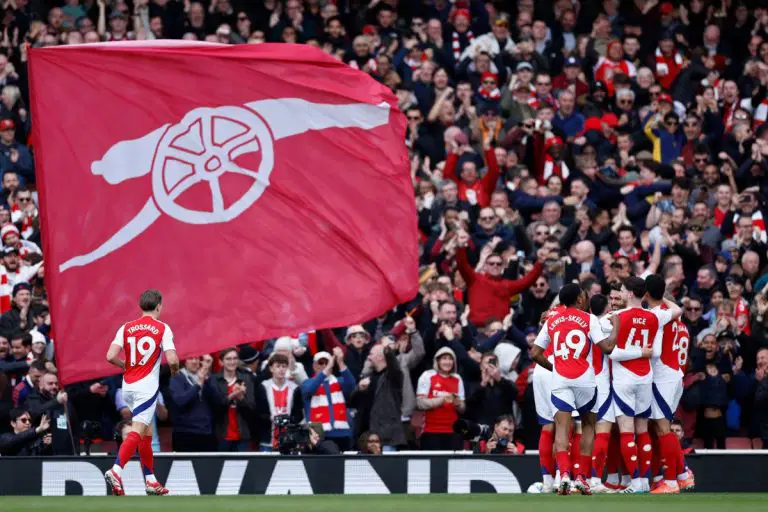A report by a member of President Mohammadu Buhari’s Economic Advisory Council (EAC)/Chief Executive Officer of the Financial Derivatives Company Limited, Lagos, Mr. Bismarck Rewane, which compared major economic indicators under the present administration with that of past presidents since 1999 has shown that Buhari’s leadership style has resulted to the poorest economic outcomes for Nigeria.
Rewane made the evaluation in a presentation he made during the August edition of the monthly Lagos Business School’s Breakfast Session, a copy of which was obtained by THISDAY yesterday.
The economist arrived at the conclusion that Buhari’s administration has delivered the poorest economic outcomes for Nigeria by comparing the country’s average Gross Domestic Product (GDP) growth rate, average inflation rate, percentage in exchange rate at the beginning and ending period of each presidential tenure, external reserves when an administration’s period ended, the external debt valued in billions of dollars and the external reserve minus external debt under the presidential tenures of former presidents: Chief Olusegun Obasanjo, late Umaru Musa Yar’Adua, Dr. Goodluck Jonathan and that of the incumbent.
He said that the average GDP growth rate was 7.7 per cent, 7.1 per cent, 5.5 per cent and 1.1 per cent under the administrations of Obasanjo, Yar’Adua, Jonathan and Buhari respectively.
Also, the average inflation rate was 12.19 per cent, 13.18 per cent, 9.70 per cent and 14.07 per cent under the administrations of Obasanjo, Yar’Adua, Jonathan and Buhari respectively.
Moreover, the percentage change in exchange rate during the duration of each presidents was 26 per cent, 27.4 per cent, 63.5 per cent and 150.2 per cent for Obasanjo, Yar’Adua, Jonathan and Buhari.
Furthermore, in his comparison, Rewane also showed that the external reserves at the end of the tenures of Obasanjo, Yar’Adua, Jonathan and Buhari was $43.17 billion, $32.34 billion, $28.57 billion and $39.18 billion under respectively.
Also, Nigeria’s external debt was $3 billion, $10 billion, $15 billion and $40 billion under Obasanjo, Yar’Adua, Jonathan and Buhari respectively.
The data he presented also showed that Nigeria’s external reserves less external debts stood at $40.17 billion, $22.34 billion, $13.57 billion and $-0.82 billion under Obasanjo, Yar’Adua, Jonathan and Buhari.
From the above date, it could be surmised that Buhari’s administration had the least average GPG growth of 1.1 per cent; highest average inflation rate of 14.07; highest exchange rate depreciation of 150.5 per cent; highest external debt of $40 billion and negative external reserve of $-0.82 billion after subtracting external debt.
Yet Buhari’s administration amassed higher external reserve of $39.18 billion than that of the late president Yar’Adua and Jonathan’s administrations of $32.34 billion and $28.57 billion respectively.
In terms of leadership style and economic outcomes, Rewane noted that a political leader could be fully engaged hands on; or aloof and effective; or incompetent and ineffective or willing but unable.
Furthermore, the economist made it clear that under Buhari’s administration, “Nigeria is approaching the fiscal cliff with a fiscal deficit of N3.09 trillion and actual debt service was more than revenue between January and April 2022. In addition, the excess crude oil account was depleted to $375,000 in July 2022 from $35.7 million in June 2022.”
According to the data presented by Rewane, the federal government’s projected to earn a revenue of N3.32 trillion between January and April, but actually generated N1.63 trillion; it also projected to spend N5.77 trillion but was able to realise an actual expenditure of N4.72 trillion within the first four months of 2022.
In addition, the government projected to spend N1.82 trillion on capital expenditure but was only able to execute N0.77 trillion capital expenses between January and April 2022.
Yet, the Buhari’s administration spent N1.94 trillion on debt service, which the report stated was 37.11 per cent more than the N1.22 trillion it had projected to spend between January and April 2022.
Notwithstanding, Rewane still declared that the country’s “debt level is still sustainable,” even though he opined that it might be possible for the debt levels to become unsustainable as Nigeria has been moving, “towards high debt distress risk as debt service rises faster than fiscal revenue,” and “signaling a debt management problem.”
He also stated that higher oil prices boosted FAAC’s disbursement in July when, “FAAC allocation spiked by 17.86 per cent to N802.41billion in July 2022,” as “increases were (also) recorded in CIT, PPT, and import duty and oil and gas royalties.”
He added that increase in non-oil export revenue and taxes would boost FAAC allocation in the near term.
Rewane, in his outlook for the month of August projected that oil price would be stuck within the range of $95 to $100 per barrel while, “FAAC disbursement will drop again to N650 billion.”
He noted that since the “excess crude account is now dried up, the Naira will likely depreciate again towards the N695/$ to N700/$ range at the parallel market,” while the “CBN will allow for a partial crawling peg in the foreign exchange market, bring the I & E rate down to N440/$ in September and the interbank money market rates already surging, will test 18 per cent per annum to 20 per cent per annum.”(THISDAY: Text, excludes headline)





